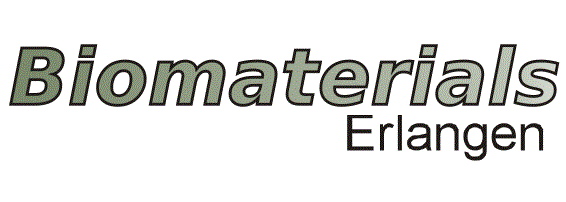Nina Schäfer
Nina Schäfer
Bachelorstudentin
Boron-doped Mesoporous Bioactive Glass Nanoparticles for Drug Delivery Applications in Soft Tissue Engineering
Supervisors: Sena Harmanci, Prof. Aldo R. Boccaccini
Mesoporous bioactive glass nanoparticles (MBGNs) are commonly used as drug carriers in drug delivery systems because of their high porosity, surface area, bioactivity and biocompatibility. Various ions such as cerium, gallium, zinc, copper and boron can be incorporated into MBGNs to enhance their therapeutic efficacy and to give them additional functionality [1]. Adding Boron to the MBGNs leads to an increase in the angiogenic effect and also in biocompatibility and biodegradability. Therefore, boron-doped MBGNs are highly suitable for soft tissue engineering and wound healing applications [2]. In this study MBGNs are doped with boron ions and synthesized with the sol-gel method [1]. MBGNs will be loaded with a phytotherapeutic agent that will contribute to wound healing due to their high drug loading capacity, and then used to provide controlled release of this agent.
[1] Zheng, K., Fan, Y., Torre, E., Balasubramanian, P., Taccardi, N., Cassinelli, C., Morra, M., Iviglia, G., & Boccaccini, A. R. (2020). Incorporation of Boron in Mesoporous Bioactive Glass Nanoparticles Reduces Inflammatory Response and Delays Osteogenic Differentiation. Particle and Particle Systems Characterization, 37(7). https://doi.org/10.1002/ppsc.202000054
[2] Balasubramanian, P., Büttner, T., Miguez Pacheco, V., & Boccaccini, A. R. (2018). Boron-containing bioactive glasses in bone and soft tissue engineering. Journal of the European Ceramic Society, 38(3), 855–869. https://doi.org/10.1016/j.jeurceramsoc.2017.11.001

